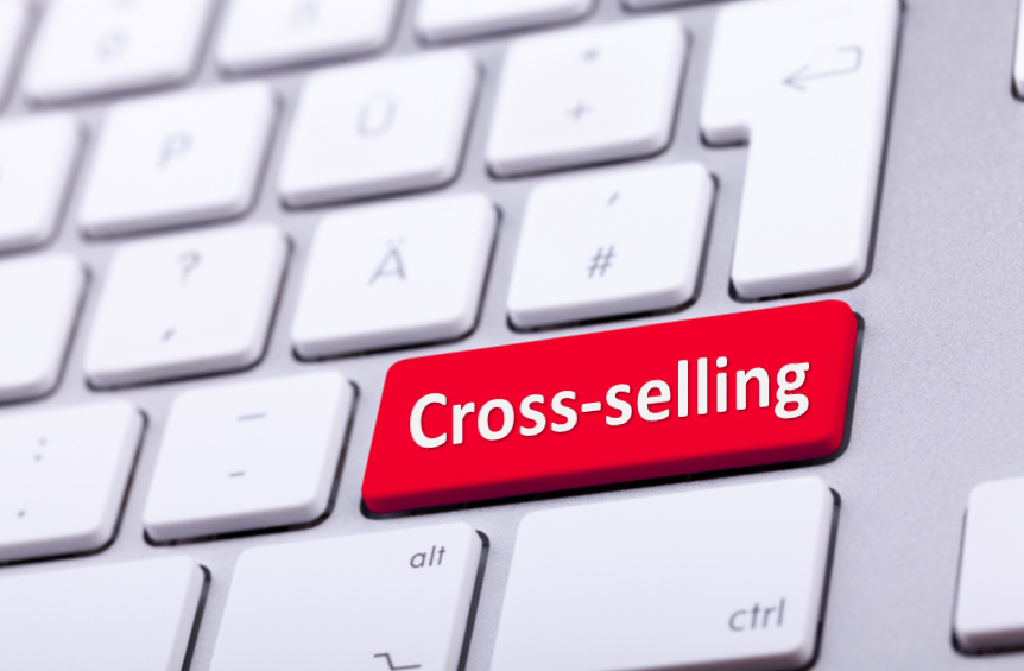Every point of interaction between a CPG brand and a customer is an opportunity. Brands can strategically leverage these interactions to increase brand awareness, customer loyalty, and improve sales. These points of contact can occur before, during, and after purchase. Cross-selling is one of the best marketing techniques to help a brand grow and move more product, during a customer’s purchase.
What is Cross-Selling?
Cross-selling is an essential marketing strategy to encourage customers to buy products or services related to their original or intended purchase. Cross-selling is not quite the same as upselling. Upselling involves persuading customers to upgrade to a premium (and more expensive) product because of its higher quality or added benefits.
Best Cross-Selling Strategies
Cross-selling successfully is about timing the suggestions correctly, understanding the customer and their intent, and offering the best suggestions. For example, Amazon executes effective cross-selling on their website with their ‘frequently bought together,’ ‘customers who viewed this also bought,’ and ‘featured recommendations’ widgets.
Recognize Customer Intent
Brands usually take advantage of cross-selling opportunities after a customer has added an item, or a few items, to their cart, or once a customer has started the checkout process. These actions reveal that the customer has a real intent to purchase and it’s a good time to suggest complementary or related products.
The image below shows an example of effective recognition of customer intent. When a customer heads to their cart for checkout, Walmart grabs the opportunity to suggest related products in a ‘Recommended with Your Order’ widget.

Pick the Right Products
Brands should not recommend random products from their catalog. Instead, products should be recommended based on their ‘relatedness’. In other words, when a customer goes to buy cucumbers and pickling salt, what other products might they also buy? If a brand realizes the customer is likely going to pickle vegetables, they might offer pickling flavor add-ins, jars and lids, and other pickling supplies. If a customer needs any of those items, they are very likely to tack them onto their order right then!
Brands can make the right recommendations by using ‘tags’ to group relevant products, or a database of previous sales to pull information about what types of products customers buy together. Here are a few other recommendation options:
- Frequently Bought Together
- Best Reviewed Products
- Customer Favorites
- Best Sellers
- New Arrivals
- Daily Offers
Threshold Reached
If a CPG brand wants to increase average transaction size, then cross-selling using thresholds is a great option. A brand can recommend additional products as the customer nears a set threshold. With this recommendation, a message might tell the customers ‘get free shipping when you spend $70 or more’ or ‘get $10 off your next order when you spend $100 or more’.
This kind of messaging, combined with relevant product recommendations is very compelling for customers and can increase sales dramatically.
How Abrio Can Help
The practices and recommendations noted above are typically (or specifically) aligned for online purchase scenarios. But, for consumer packaged goods such as time and temperature sensitive dairy products, or shipping cost sensitive soft drinks, brick and mortar retail still represents the biggest portion of sales and this is also where CPG brands are constantly searching for more effective cross-selling strategies to fulfill their needs or increase sales.
That’s where Abrio can help. Our solution helps your brand’s products become the bridge to directly connect to all of your customers, both online and offline, by aligning rewards, either monetary or intangible, such as exciting games or contests, to drive additional purchase and consumption through:
- Interesting, attractive package level advertising and content that educates and incentivizes consumer to participate further by trying new or slower selling products.
- Increased opportunities to win by trying these new or slower selling products.
- Mechanisms to combine online content, offline events and retail store scenarios in campaigns to further promote cross-selling.

